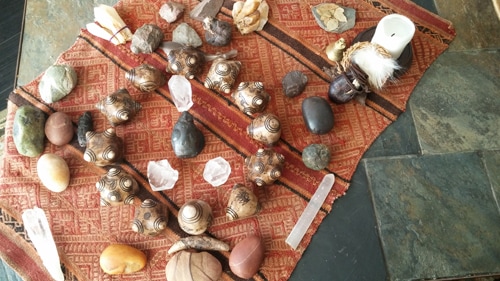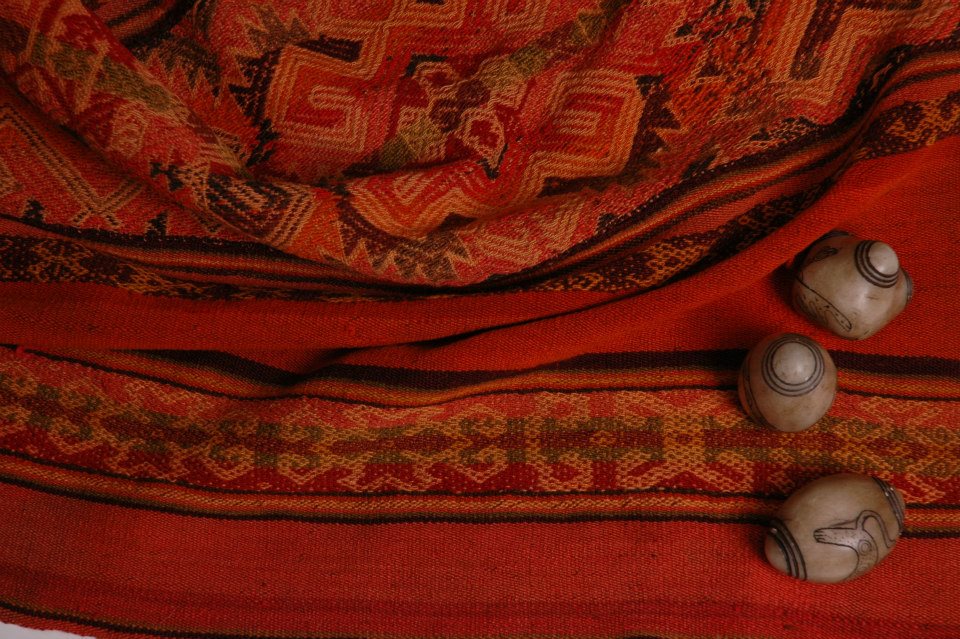You are pure energy vibrating at frequencies within the 3rd dimensional visible spectrum. That is how you tend to relate to yourself. That is you expressed as a human being.
The fact is your energy self also vibrates at multiple frequencies and so you exist or are expressed in other dimensions simultaneously.
We tend to focus on the higher dimensions as we have been programed by society and 'spiritual beliefs' to believe we are evolving. But that comes from a way of thinking embedded in the concept of dualism. If we perceive beyond dualism to - all is one - then we must acknowledge that devolution is also a possibility of our reality. Therefore we can devolve as well as evolve.
We all can probably admit to having less than evolved tendencies from time to time - our less than finest moments. Our moments of devolution.
In this 3rd dimension of duality, we experience choice. To evolve or devolve? - that is the question. And who/what asks the question? Is it not a matter of where we focus our awareness? And who/what focuses the awareness?
The fact is your energy self also vibrates at multiple frequencies and so you exist or are expressed in other dimensions simultaneously.
We tend to focus on the higher dimensions as we have been programed by society and 'spiritual beliefs' to believe we are evolving. But that comes from a way of thinking embedded in the concept of dualism. If we perceive beyond dualism to - all is one - then we must acknowledge that devolution is also a possibility of our reality. Therefore we can devolve as well as evolve.
We all can probably admit to having less than evolved tendencies from time to time - our less than finest moments. Our moments of devolution.
In this 3rd dimension of duality, we experience choice. To evolve or devolve? - that is the question. And who/what asks the question? Is it not a matter of where we focus our awareness? And who/what focuses the awareness?



